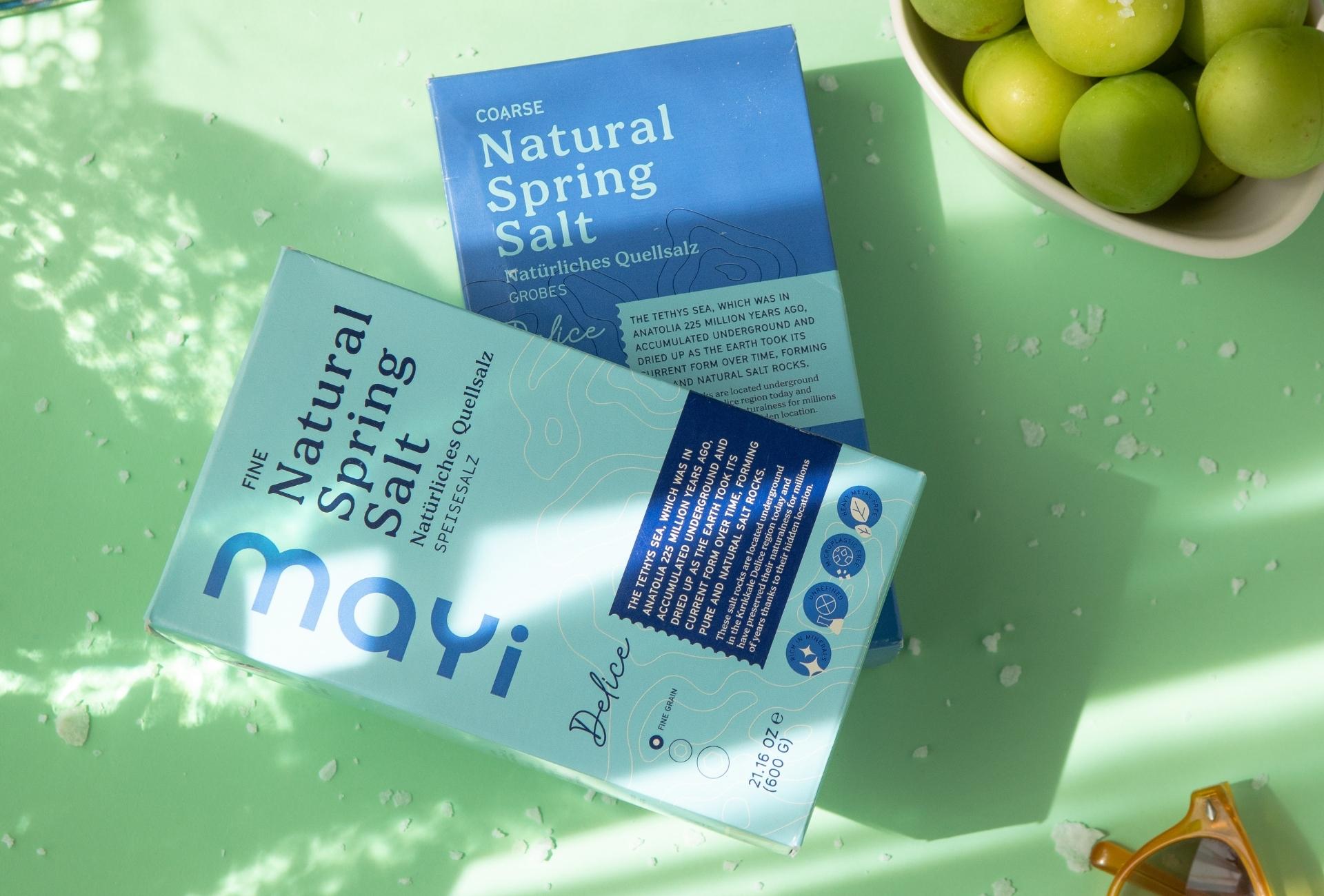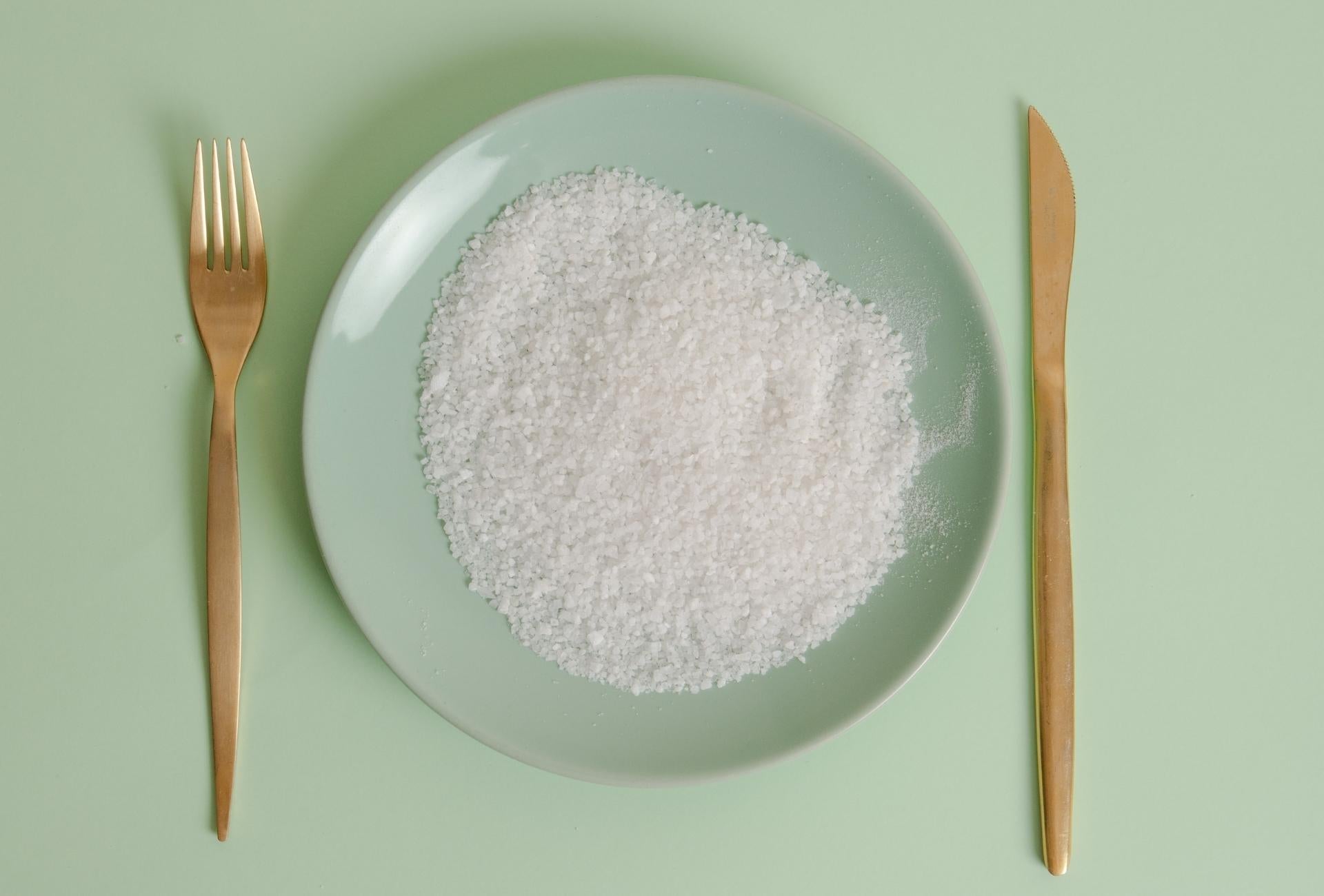Choosing between Himalayan salt and sea salt involves more than just taste; it's about their health benefits and mineral content. While both are used as dietary salt, they come from different sources and contain distinct mineral profiles that may affect your health differently. This comparison aims to provide a detailed look at these two popular salt types, helping you decide which might be the better choice for your dietary needs.
What is Himalayan Salt?
Himalayan salt is a type of rock salt mined from the Khewra Salt Mine in Pakistan, one of the oldest and largest salt mines in the world. Unlike regular table salt, Himalayan salt is minimally processed, which helps retain its natural trace minerals. These minerals, including potassium, magnesium, and calcium, contribute to its characteristic pink hue. This salt is often touted for its supposed health benefits, such as promoting hydration, balancing the body's pH, and improving mineral status.
What is Sea Salt?
Sea salt is produced through the evaporation of seawater, with little processing to preserve its natural trace minerals. It's harvested in various places around the world, resulting in different flavors and textures based on the water source and the minerals it contains. Sea salt typically has a coarser texture and stronger flavor compared to refined salt. It's often appreciated for its ability to provide a burst of salty flavor with less sodium, making it a favorite among chefs and health-conscious consumers alike.
Himalayan Salt and Sea Salt: Comparing Mineral Content and Health Advantages
Mineral Content
- Himalayan Salt: Contains up to 84 different trace minerals, including significant amounts of calcium, iron, magnesium, and potassium. These minerals add to its distinct pink color and form part of its appeal as a healthier choice.
- Sea Salt: Also contains various trace minerals, although the exact composition can vary depending on the seawater from which it is harvested. Common minerals include magnesium, calcium, and potassium, with varying amounts of other trace elements.
Health Advantages
- Himalayan Salt: Advocates claim that the rich mineral content of Himalayan salt helps to detoxify the body, support weight loss, and enhance overall health.
- Sea Salt: Is considered beneficial for its ability to naturally enhance the flavor of dishes without adding too much sodium, potentially helping to reduce overall salt intake.

Which Is Better for Your Health?
The choice between Himalayan salt and sea salt may come down to personal preference rather than a clear health benefit. Both salts offer similar benefits in terms of their natural mineral content, though these amounts are too small to make a significant dietary impact. However, because both are less refined than table salt, they remain free from additives like anti-caking agents and added iodine, making them potentially a better choice for those looking to consume salt in its most natural form.
Choosing Between Himalayan Salt and Sea Salt for Cooking
When it comes to cooking, the choice between Himalayan salt and sea salt can influence the flavor and outcome of your dishes:
- Himalayan Salt: Its subtle flavor and ability to dissolve quickly make it suitable for cooking and baking. Its unique pink color can also add an aesthetic element to dishes.
- Sea Salt: The coarser texture and ability to add a strong salty flavor with just a pinch make sea salt ideal for finishing dishes. It works well for seasoning meats and adding to pasta water.
Culinary Uses of Himalayan Salt and Sea Salt
Himalayan salt and sea salt are both prized for their unique flavors and textures, making them versatile in culinary applications. Here’s how each can be used in the kitchen:
Himalayan Salt:
Cooking: Ideal for everyday cooking. Its rich mineral content can enhance the natural flavors of ingredients without overwhelming the dish.
Presentation: Use large blocks for grilling, chilling, and serving dishes. The salt imparts a mild flavor while adding visual appeal.
Finishing: Sprinkle over dishes before serving to add a crunch and burst of flavor.
Sea Salt:
Seasoning: Excellent for seasoning meat and vegetables due to its coarse texture and strong flavor.
Baking: Adds a nuanced flavor to baked goods and crusts.
Garnishing: Perfect for finishing off dishes and salads with a touch of texture and a pop of salty flavor.
Both Himalayan and sea salt can elevate your cooking from ordinary to extraordinary, providing not only enhanced taste but also adding a decorative touch to your meals.




